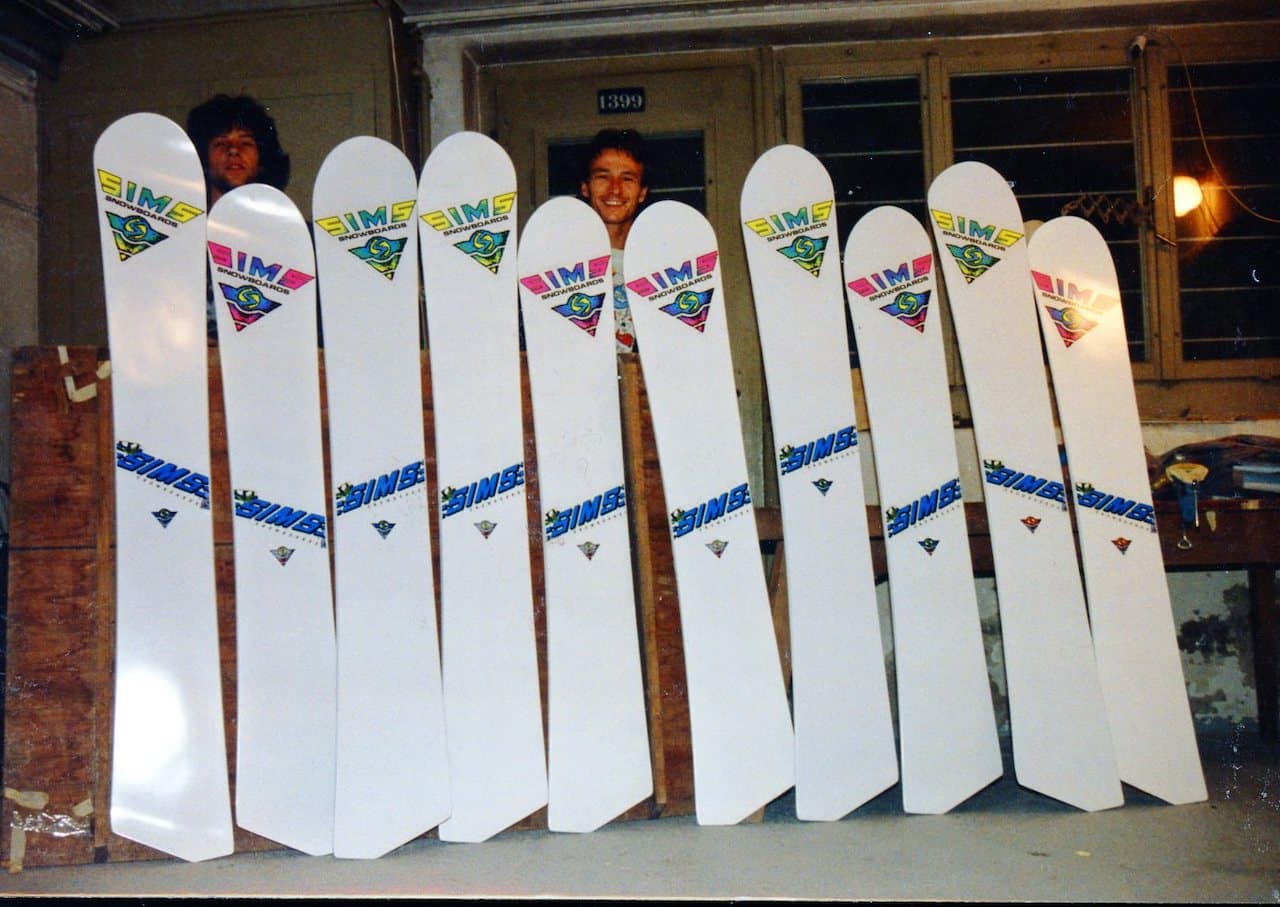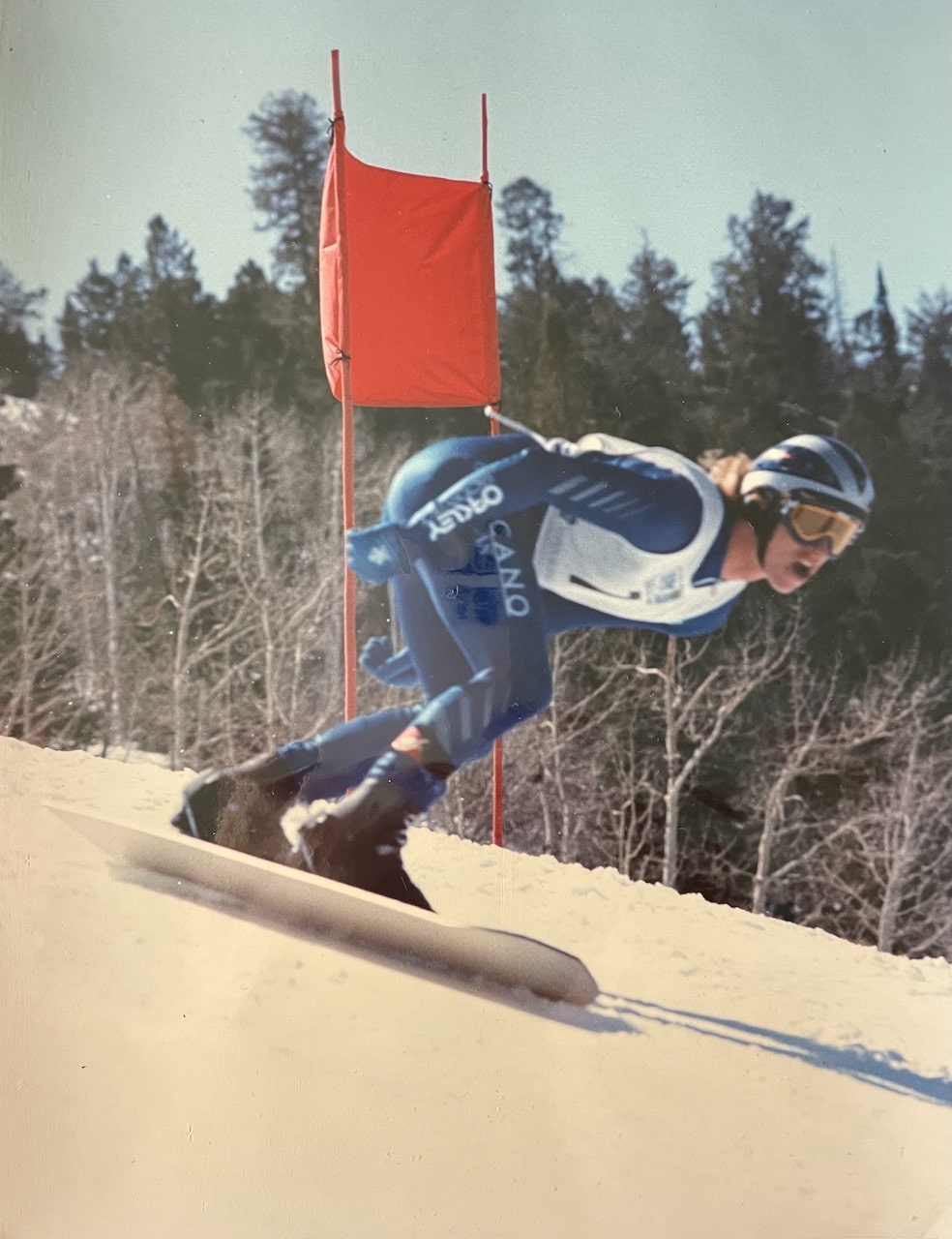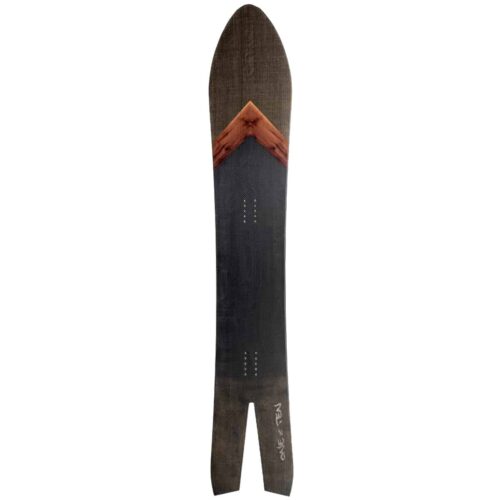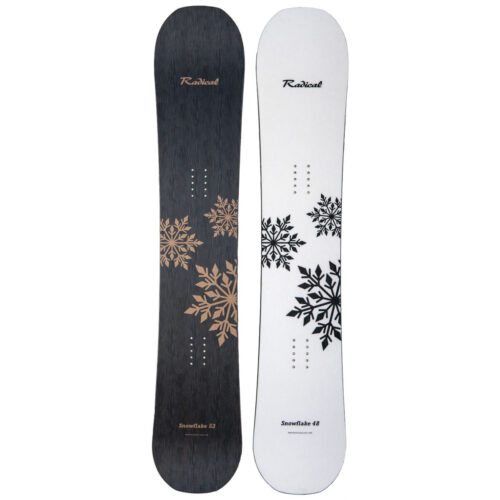We are proud to welcome snowboard legend José FernandesEurope’s first world champion, for an interview.
In an exclusive interview, José gives us exciting insights into the beginnings of snowboarding, his personal highlights and the development of the scene over the last few decades.
Look forward to inspiring stories and anecdotes from the time when snowboarding was still a crazy adventure.

Caption: José Fernandes, the first snowboarding world champion from Europe, shaped the snowboarding scene like no other and is a true legend.
… Snowboarding was for us in winter sports what rock’n’roll was in the music world. Anti-establishment. …
Please introduce yourself briefly.
My name is José Fernandes, son of a Swiss mother and a Portuguese father. I went to primary and secondary school in Wallenwil/Eschlikon TG.
The hills of the “Hinter-Turgi” were my playground. Skiing, skateboarding, cycling and then, at some point in the late 70s, my first attempts at snow with an ironing board, which eventually became the first snowboards.
When and how did you first get to know Radical?
The Radical Snowboard Club Zurich was the first point of contact, at the same time as the first boards that Mäge Farner had built. In 1986, the first CH championships in St. Moritz and a somewhat angry Tom Sims, who was not so amused by the shape of the first Radical models.
A long friendship with Mäge began. Mäge was soon to build my prototypes for the competitions. That was when I was a Sims team rider and then also a Renault Snowboards rider…
Tell us about the Goldvreneli Board.
Together with Radical, we were ahead of our time and designed a board that would cost well over CHF 2,500. All in black, with a gold vreneli embedded in the shovel and gold-plated Fritschi plate bindings. There was also a long aluminum case for stylish storage and transport.
Needless to say, nobody wanted the thing and not a single model was sold. A few years later, the two models were stolen from my garage in Nice and never turned up again.

Caption: José Fernandes with the legendary Goldvreneli board, a special model manufactured by Radical.
Can you remember the first time you saw or tried out a snowboard?
The Swiss Landsurfers Club (skateboard club from Zurich) was the main place where the first pictures from American skateboard magazines were passed around. There was no video, YouTube or Google yet. Only photos.
Then everyone made their own at home. A skateboard with two small skis under the axles. You could only ride straight ahead and practise handstands. Aluminum-wood-aluminum laminates from the Swissair workshop were the first boards that worked successfully in deep snow. First Sims snowboard ordered from the USA. Without steel edges, without a base, without bindings, but with three fins… The snowboards “Made in the USA” lasted about three weekends before they delaminated and disintegrated.
But the feeling when we realized that we were having far more fun than skiers with enough powder snow, steep and virgin slopes, was unstoppable with our happiness hormones and endorphins.
What was it like to be there in the early days of snowboarding?
In the beginning, it was an incentive to continue skateboarding during the long winter months and on wet roads. Hence the sneakers with plastic bags as footwear. But it soon became clear that the opportunities to explore and show off our mountain world in Switzerland with these new “ironing boards” fired our imagination and it was our chance to be different. Snowboarding was to us in winter sports what rock’n’roll was in the music world. Anti-establishment.
Captions:
- Glacier descent
Caption: José Fernandes during an impressive descent on the glacier. - Slalom training with poles
Caption: José Fernandes during intensive slalom training with poles – perfecting the technique for the competition. - Downhill competition
Caption: José Fernandes in full action during a competition downhill – speed and precision at the highest level. - José Fernandes on the cover of Snowboarding Magazine, 1985
Caption: José Fernandes, the first snowboarding world champion from Europe, on the cover of Snowboarding Magazine, 1985 – a milestone in his snowboarding career.
… No, no, you’re not going up there with those skirmishes! …
Are there any special moments from the early days of snowboarding that you would like to share with us?
I think the list is endless. There are thousands of stories. It’s really difficult to dig up one or two stories. But perhaps the story about the bribery strategies of lift staff in almost all ski destinations.
Buying tickets was still quite normal. But when we got close to the lift guys with our boards, we were told … “No, no, you can’t go up there with those skis!”
It’s almost impossible to imagine today. But that was our everyday life. So we decorated chocolates and wine bottles with snowboard labels and bribed the boys. And where that didn’t help, we cut off the tips of old skis, fitted the bindings to the front and put them on for transportation, then stowed them away in our rucksacks …
When I flew to America/Canada for the first time in 1985 to take part in a competition, all the Americans from the magazines were there:
Tom Sims, Mark Heingartner, Andy Coghlan, Terry Kidwell, Bob Klein. They all asked me how many snowboarders there were in Europe. None of them had us on their radar. And then someone like that comes along with sponsors and rides straight onto the podium with the pros and onto the cover of the first snowboard magazine.
The beginning was characterized by the fact that we all knew each other and helped each other to get material and try out new things. Repairs and new developments during the week were almost as important as the weekend in the mountains. Two runs with four turns, you were the hero. Then it was off to the workshop again because something was broken.
No wonder I had no time or interest in school and was thrown out of grammar school on edge.
What are your greatest and most memorable successes?
To be honest, I have to say the world championship title in 1987 in Breckenridge, Colorado, and sharing the podium with the legend Craig Kelly. But for me, all the titles (World Champion, European Champion, Swiss Champion) and all the other trophies are not more important than the long-standing friendships, the network and the annual contacts with all these great people, the pioneers and legends of our sport, which continue to this day.
What impact did the World Championships 87 in Livigno/St. Moritz, which Mark and the Radical Snowboarding Club Zurich organized, have had on the sport?
I think that the Radical Snowboarding Club had already laid the foundations for international competition the year before with the first open Swiss Championships in St. Moritz. The World Championships in Livigno and St. Moritz subsequently brought snowboarding competitions into the media for the first time. Sponsors, prize money and titles for the athletes made professional sport and its rapid development into an Olympic discipline possible.
Captions:
- José Fernandes and Mark Farner at the 1987 World Championships
Caption: José Fernandes and Mark Farner at the 1987 Snowboard World Championships – two pioneers of the snowboard scene exchanging ideas. - Carving pose
Caption: José Fernandes in a powerful carving pose – perfection and style on the slopes. - Laydown
Caption: José Fernandes doing a laydown – an impressive demonstration of his control and technique in snowboarding.
What advice would you give young snowboarders today?
The snowboard story is far from over. If anything, the first cycle has just come to an end. Snowboarding has brought the freestyle lifestyle to the winter sports industry, revitalizing and animating an entire sector of the economy. Now snowboarding is looking for its identity and will reinvent itself, but it is here to stay.
An old hand like me can only say to young athletes: don’t lose the fun and joy of going out on the board every day. Find the intrinsic motivation to be unconventional and to make impossible things tangible and try them out.
It strengthens the personality and is a basis for all situations in life. Snowboarding is not just a sport, but a way of life.
The best study program I could get – without a high school diploma …
How did you experience the founding and development of Radical?
As I said, friendships have developed that still last to this day, even if we don’t see each other every day. The respect for what we have achieved is mutual and always present. Mäge Farner had set out on his path back then and we followed in his wake. He has remained true to his passion to this day, and that is what makes Radical what it is – then as now.

Caption: Mark Farner and workshop manager Bruno Baeza proudly present the Sims pro boards manufactured by Radical – a significant moment in snowboarding history.
How do you think Radical has influenced the sport?
There was a time when Radical made the prototypes of the world’s best snowboarders. Incidentally, this is the reason why Jake Burton was never able to persuade me to ride for Burton. My condition was always to be allowed to ride my own boards (Radical from Mäge). Jake didn’t want that, and back then Burton boards weren’t exactly the crème de la crème … 😉 Things are different today.
Mäge with Radical has significantly shaped and driven the development of the boards. Back then, the acceleration in research and development was weekly, not annual.
How have you experienced the development of snowboarding in Switzerland and worldwide?
The level of the athletes has become absolutely incredible. I have the utmost respect, especially for the Swiss, who keep at it and deliver top performances in the World Cup. I always enjoy being a guest at the OPEN in Laax. There’s nothing like seeing and experiencing the spectacle live. Who would have thought that almost 40 years ago, when we snowboarders still had to shovel our halfpipes by hand.
Freeride, freestyle, boardercross and halfpipe – everything has its place and brings the sport to television.
But it is the personal experience of sliding down a slope like the Hawaiians on their wooden planks in the surf when they met Captain Cook that makes them successful.
This feeling can be practiced with ease by people of all ages and backgrounds – alone or with friends. Above all, this has spurred the breakthrough and is still the reason why so many people are discovering snowboarding for themselves today.
How do you see the future of snowboarding?
The snowboard scene is currently experiencing a return to its origins. New concepts, techniques and possibly even new disciplines are emerging from this movement. One example of this is the “Natural Selection” format initiated by Travis Rice, which combines freestyle tricks with freeride art on natural terrain.
With advanced visualization capabilities and modern 360-degree cameras, snowboarders can capture their experiences in a more immersive way. Cameras such as the Insta360 X4 offer 8K video recording and enable impressive all-round shots.
These technologies allow us to delve deeper into the world of snowboarding and make the experience even more tangible.
It remains exciting to see what developments and innovations the future of snowboarding has in store.
Would you like to send us a message to mark our 40th anniversary?
Stay alert, don’t close yourselves off, remember that your roots lie in the curiosity and tireless drive to try new things of your founder Mäge Farner. Don’t be satisfied with second best … Radical stands for pioneering art and excellence in winter sports.
Thank you very much for the interview José!

Caption: José Fernandes, today a successful businessman
Radical Legends: Our story, told by those who shaped it
To mark our 40th anniversary, we took a trip down memory lane and visited a few selected Radical legends from our eventful history.
It is with great pleasure that we invite you to immerse yourself in history with us and relive the special moments. We will be publishing more exciting conversations until the end of winter – so stay tuned and be inspired!





















Letzte Kommentare